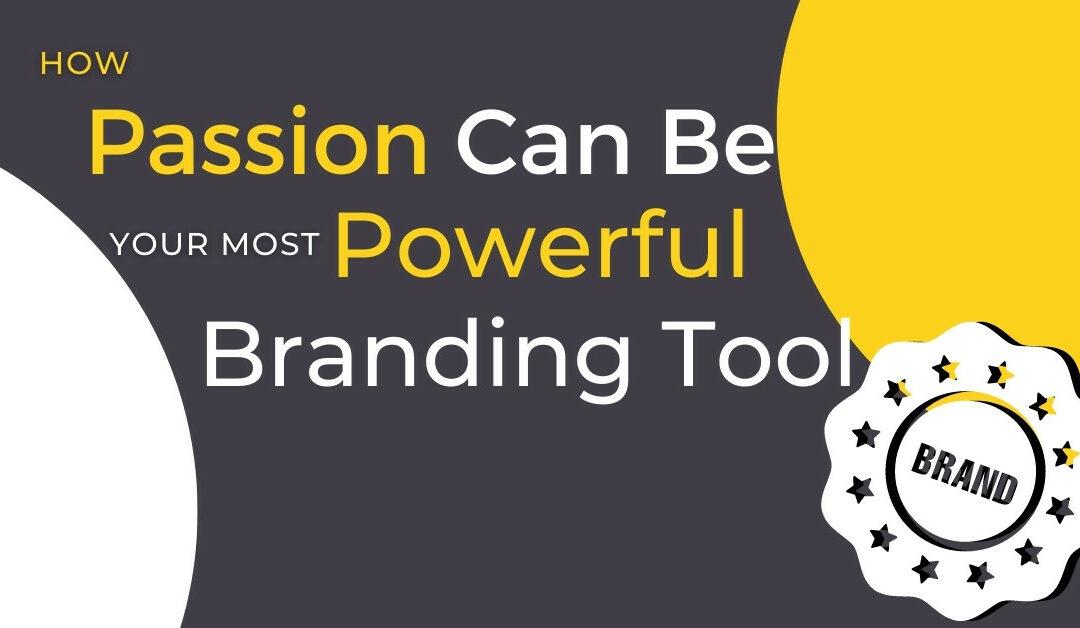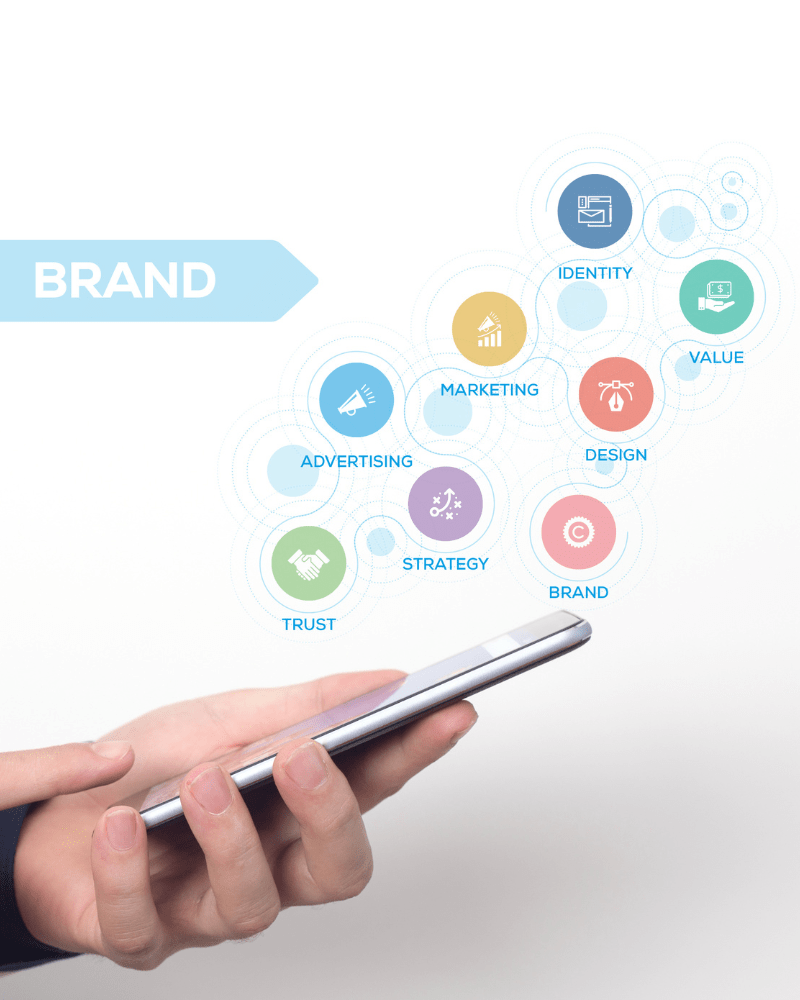When Branding Goes Wrong: Lessons for SMBs
Branding is the silent ambassador of your business. For SMBs, effective branding can be the difference between blending into the background and standing out in a crowded marketplace. But what happens when branding goes wrong? Let’s delve into some real-world examples and understand the importance of consistent and effective branding for SMBs.
Take a listen to what our AI ‘presenters’ have to say about ‘When Branding Goes Wrong’ →
The Essence of Branding: More Than Just a Logo
For SMBs, branding is more than just a visual identity; it’s about creating a unique voice and value proposition in the market. It’s not just about having a catchy logo; it’s about the promise you make to your customers and how consistently you deliver on that promise, especially when resources might be limited.
The Psychological Impact of Branding
Branding isn’t just a business strategy; it’s a psychological tool that taps into consumers’ minds. When a brand resonates with its audience, it creates an emotional connection, fostering loyalty and trust. For SMBs, this emotional connection can be the key to repeat business and word-of-mouth referrals.
Historical Perspective: Branding Through the Ages
Branding has been an integral part of commerce for centuries. In the modern era, with the advent of digital platforms, branding has taken on a new dimension. For SMBs, understanding the evolution of branding can provide valuable insights into creating a brand that stands the test of time.
The Fall of Giants: A Cautionary Tale for SMBs
One of the most striking examples of branding missteps is a renowned company in the photography industry.
Despite inventing the first digital camera in 1975, Kodak hesitated to fully embrace digital technology due to fears of cannibalizing its highly profitable film business. This reluctance allowed competitors like Canon and Sony to dominate the emerging digital market. Kodak’s brand, strongly associated with traditional film photography, struggled to reposition itself in the rapidly changing landscape. Consumers and professionals began to view Kodak as outdated, as the company failed to innovate and keep up with technological advancements.
By the time Kodak attempted to transition to digital photography, it was too late. Their late entry and less innovative products could not compete with established digital photography leaders. This failure to adapt culminated in Kodak filing for Chapter 11 bankruptcy protection in 2012. In an effort to survive, Kodak restructured and shifted its focus away from consumer photography to printing and imaging solutions for businesses. Kodak’s story is a powerful reminder of the critical importance of innovation and adaptability in maintaining a brand’s relevance and success in a dynamic market.
This tale serves as a reminder for SMBs about the importance of staying agile and responsive to market changes, even when resources are limited.
More Real-World Examples of Branding Missteps:
New Coke: In 1985, Coca-Cola introduced a new formula, leading to a massive public outcry. The company quickly reverted to its original formula, learning the hard way about the deep emotional connection consumers had with the original product.
Gap’s Logo Redesign: In 2010, Gap unveiled a new logo, only to face immediate backlash. The company reverted to its original logo within a week, acknowledging the power of brand recognition and consumer sentiment.
The Role of Social Media in Branding for SMBs:
In today’s digital age, social media platforms offer SMBs a cost-effective way to engage with their audience. However, this also means that any branding misstep can quickly escalate. Brands need to be proactive, transparent, and genuine in their social media interactions.
Strategies for Recovery After a Branding Misstep:
1. Acknowledge and Apologize: Accept responsibility and apologize sincerely. Transparency is key.
2. Engage with Your Audience: Open channels of communication. Listen to feedback and address concerns.
3. Re-evaluate and Adapt: Use the misstep as a learning opportunity. Re-evaluate your branding strategy and make necessary adjustments. For SMBs looking for guidance, our Bright Branding Kit offers actionable insights to navigate the branding journey.
The Future of Branding for SMBs: Staying Ahead of the Curve
Embracing new technologies and understanding emerging market trends is crucial for SMBs. Virtual reality, augmented reality, and AI are set to revolutionize the branding landscape. SMBs that can harness these technologies effectively will be the ones that stand out.
Wrapping Up: The Continuous Journey of Branding for SMBs
Branding isn’t a one-time task; it’s a continuous journey. As market dynamics change and consumer preferences shift, SMBs must be agile, tweaking their branding strategy accordingly. Embrace change and continuously strive for excellence. In the dynamic world of branding, complacency is the enemy.

How Passion Can Be Your Most Powerful Branding Tool
How Passion Can Be Your Most Powerful Branding ToolBrands are more than logos and taglines. They're also the people behind them—the ones who provide an emotional connection with their customers. Brands need to feel authentic, and it's important that they show their...

KPI Made Easy: Your Comprehensive Guide to Key Performance Indicators
Discover the transformative power of Key Performance Indicators with “KPI Made Easy.” Dive into the essentials, apply actionable insights, and drive your business growth. Ready to master KPIs and elevate your strategies? Grab your guide now and lead with confidence!
Let’s Start
Branding!
If you need help with developing your brand or you don’t know where to start with social media, feel free to contact us. Alternatively, download our Bright Branding Kit to help you grow them all important branding roots for a healthy thriving business.





